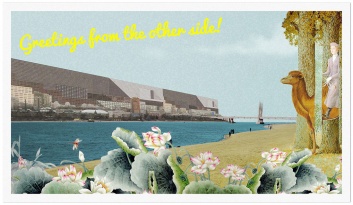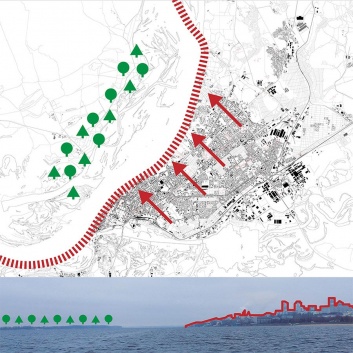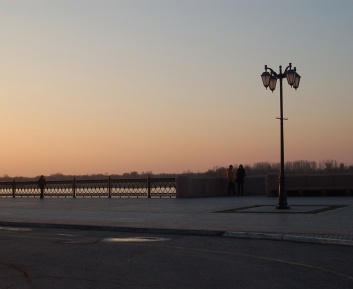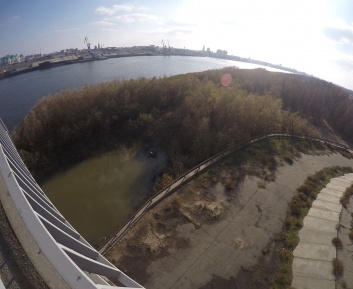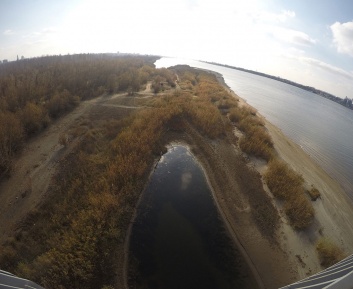POSTCARD FROM THE OTHER SIDE by Valeria Diminutto
YEAR
STATUS
2015
Completed
What makes the river Volga an extremely particular case study is the fact that it is neither merely a connector nor an obstacle. It is in fact a porous separator: crossing the river means moving to a different cultural context that provides an experience completely distinct from the one that you can get standing inside the city.
The Volga as a porous separator can unveil unforeseen potentials since it allows for both isolation and escape.
In fact the urge for escape and disconnection continues to increase as a cultural impulse: while in the USSR modernization and industrialization implied that to connectivity was desired, nowadays– in this hyperconnected world – to be unplugged has almost become a luxury.
Actually the potential of the river as a porous separator has been exploited since the late 16th century when the Russian empire was expanding and was founding fortress cities, using the Volga both as a natural line of defense and as a connective artery.
The river has retained its function as city limit over time, including the last period of industrial development and the massive expansion of the Volga cities: many settlements, in fact, did not spread across the river, preserving the virginity of the other shore.
In other words, the river plays the role of an unbuilt “spatial retaining bar” since it allows the autonomous development of two contrasting identities on its opposite shores. On one side there is the city, dominated by the culture of congestion and connection, while the untouched opposite shore functions as a white canvas, a space to be shaped and appropriated by the city dwellers.
In summer time, for example, people move to the beach on the other shore to relax far away from their working places, to go fishing in an untouched environment and to use the pristine space as an ideal background for the development of spontaneous cultural and social phenomena.
THERE IS DIFFERENT CULTURE ON THE OTHER SIDE. OVER THERE, PEOPLE ENGAGED IN MODERN CULTURAL PHENOMENA SUCH AS ‘DOWNSHIFTING’. THEY CROSS TO THE OTHER SIDE AND BUILD THEIR SMALL FUNCTIONAL HOUSES FROM SOME SORT OF PIECES OF PLYWOOD. SUCH ‘TOWNS’ ARE, IN MY OPINION, A REALLY UNIQUE PHENOMENON. THE PEOPLE THERE HAVE A PARTICULAR PLEASURE IN THIS. Roman Korzhov, Director of Center of Contemporary Art in Samara
This shift of perception is an experience that is possible specifically because of this multifaceted nature of the river as a permeable limit. In the cities on the Volga there are no high-rises that allow you to distance yourself from the city by climbing to their tops, but you can contemplate (or deprecate) the city from across the river.
In this case, even though the role of the Volga as a physical separator is lost, the river maintains its strong role as a cultural separator—so strong that you almost want to send postcards from one shore to another.


